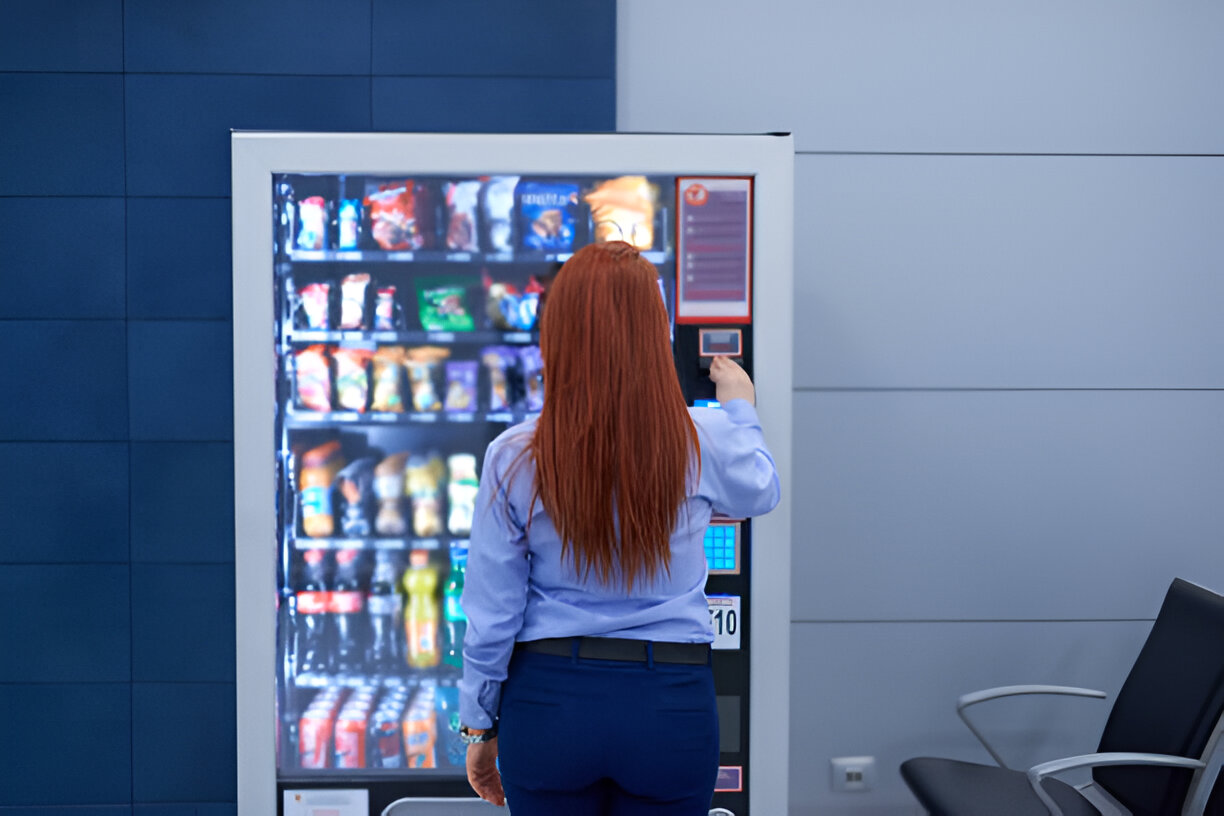Ever wondered what gives packaging its perfect edges, displays its clean lines, and industrial products their solid framework? Plastic extrusion profiles quietly make it all possible. These shapes, formed by pushing melted plastic through a die, appear everywhere from shelves to machines. Their flexibility makes them a favorite across many industries. They combine strength, precision, and adaptability in one neat design. Without them, many modern products would lose function and style. Keep reading to discover how these profiles shape packaging, displays, and industrial design in smarter ways. Plastic profiles are often used as protective edging to keep products safe during shipping and handling. These profiles prevent scratches, dents, and other damage by cushioning impact. Their flexibility allows them to fit products of nearly any shape or size. Because they're lightweight, they don't add unnecessary shipping costs. Profiles are also very important for sealing and closing things. Extrusion seals are used to keep things fresh and safe inside refrigerator doors, plastic containers, and airtight packaging. These seals are made to last through water, changes in temperature, and wear. A tight seal makes sure that the quality of the product lasts and that customers are happy. Many businesses trust this plastic extrusion company to create reliable closure systems that blend performance with affordability. Store displays can be made more stable without getting heavier by adding plastic profiles. Frames, shelves, and sign holders are often made stronger and more stable with extruded parts. Metal rusts and corrodes, but plastic doesn't. This makes plastic perfect for places where a lot of people walk. It can also be colored or clear to match the style of the store. Plastic profiles are not only useful, but they also look good. Decorative trims can be used to draw attention to edges, frame graphics, or add pops of color to displays and packaging. Their smooth finish makes things look better and protects the surfaces below. Decorative plastic profiles are a great way for brands to get both style and function in one package. Plastic profiles are used in industrial design to protect machines, make guides, and hold parts. Because they are strong, they can handle being exposed to chemicals, vibrations, and pressure all the time. Channels, clips, or grooves can be built into custom profiles to make them easier to connect. This makes it easier to keep up with assembly lines and other machines. Going green is becoming more important, so plastic profiles have changed to meet these goals. Lots of them are now made from things that can be recycled or naturally broken down. Less energy-intensive ways of extruding help cut down on carbon emissions. When businesses use eco-friendly materials that don't hurt the design or quality, it shows that they care about the world around them. Profiles made of plastic extrusion are the unsung heroes behind sleek packaging, strong displays, and industrial systems that work well. They give designers a lot of freedom because they can protect, seal, support, and decorate. With new materials and a focus on sustainability, their role keeps growing in many fields. These profiles show how little things can make a big difference in how well something works and how it looks. From the idea stage to the finished product, extrusion technology makes designs smarter and stronger. Did you like this guide? Great! Please browse our website for more!Protective Edging in Packaging
Sealing and Closure Components
Structural Support in Retail Displays
Decorative Trims and Accents
Industrial Applications and Machine Components
Sustainable and Recyclable Solutions
Enhancing Packaging With Plastic Extrusion Profiles




Want to add a comment?